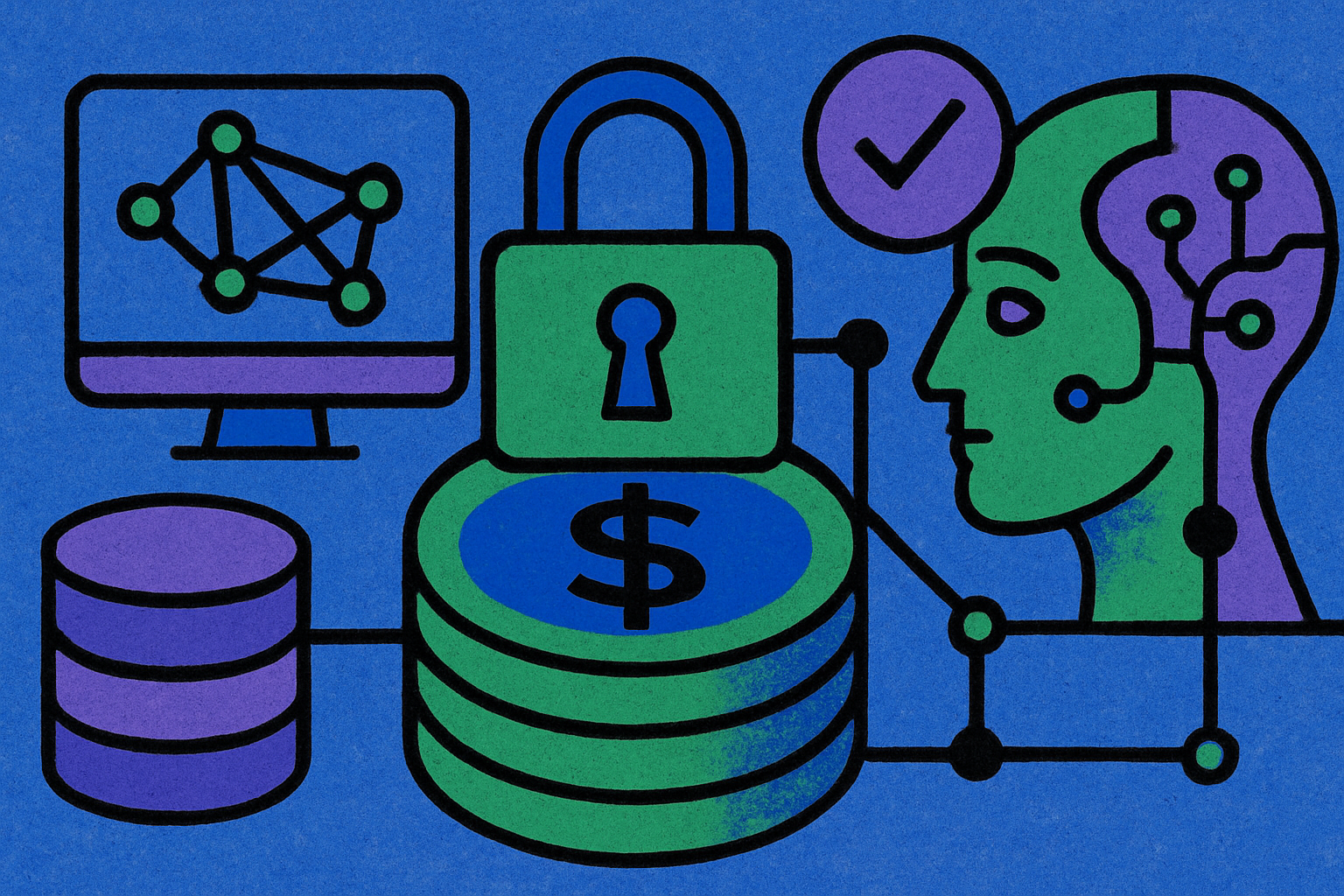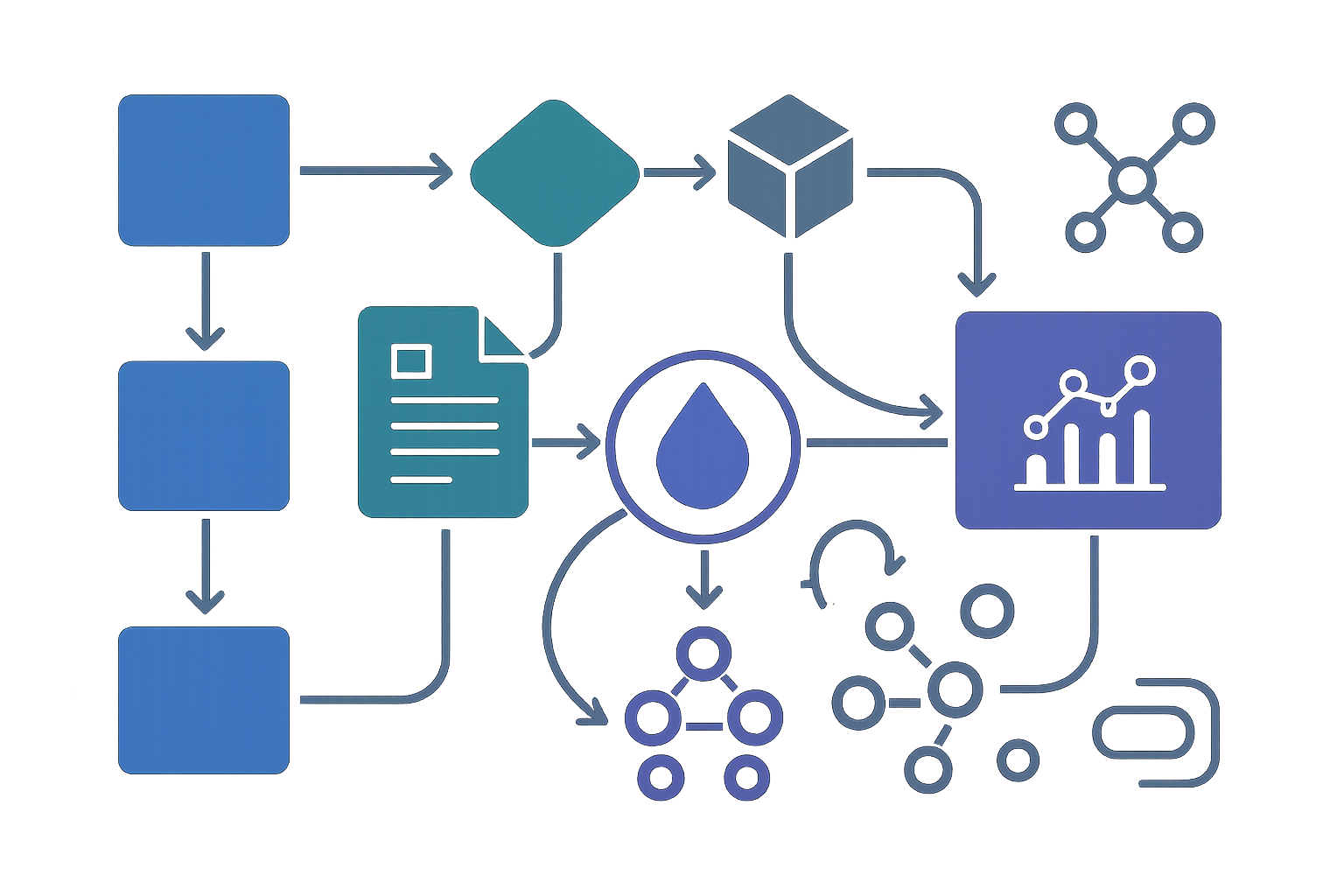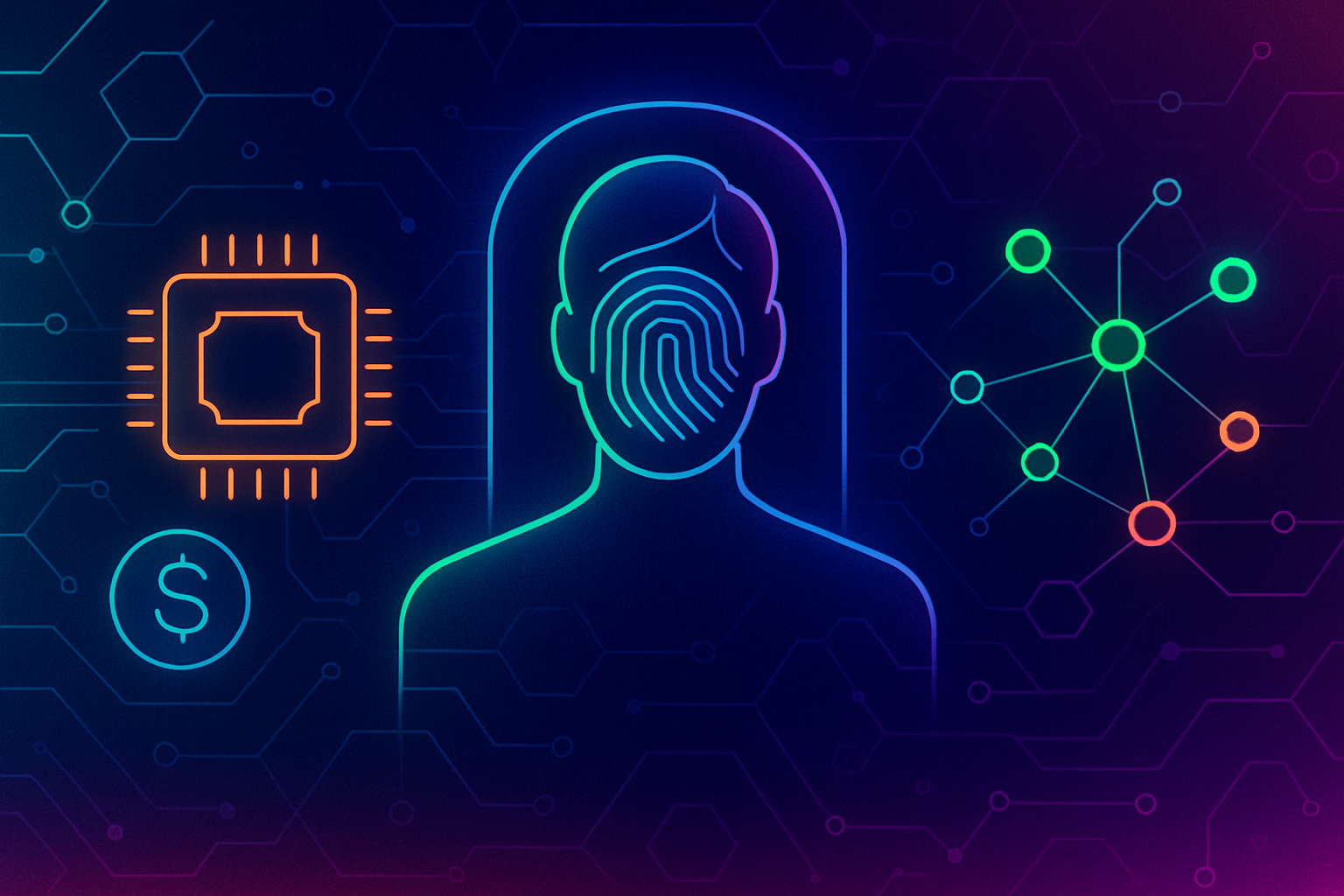
AI’s meteoric rise has triggered a global scramble for GPUs, leaving startups and even tech giants wrestling with supply bottlenecks. Traditional cloud providers are maxed out, prices are soaring, and innovation is throttled by hardware scarcity. But there’s a seismic shift underway: Decentralized Physical Infrastructure Networks (DePIN) are unlocking the world’s idle GPUs, right at the edge, and rewriting the rules of AI compute.

DePIN and Edge Compute: Breaking the Centralized Mold
DePIN networks aggregate underutilized physical assets, think consumer GPUs in gaming rigs, idle data center hardware, and even enterprise edge devices, into a single, distributed supercomputer. By leveraging edge computing, these networks process AI workloads closer to where data is generated, slashing latency and bandwidth costs while tapping into vast pools of previously wasted compute power.
This isn’t just theory, it’s happening now. GamerHash AI, Render Network, Nosana, and CUDOS Intercloud are pioneering platforms that connect independent operators and everyday users to form a permissionless GPU backbone for the AI era.
Solving the GPU Shortage with Distributed Networks
The brilliance of DePIN lies in its ability to aggregate idle resources at scale. Instead of letting millions of GPUs sit idle after gaming sessions or during off-peak hours in data centers, DePIN protocols incentivize owners to contribute their hardware for AI inference, training, rendering, and scientific simulation. The result? A global mesh of compute that can be tapped on-demand, often at 60-80% lower cost than legacy clouds.
Key features driving this revolution:
- On-Demand Access: Developers spin up GPU instances instantly without waiting on centralized queues or long-term contracts.
- Tokenized Incentives: Crypto-native rewards motivate contributors to keep their GPUs online and available 24/7.
- AI-Specific Optimization: Unlike general-purpose clouds, DePIN networks are tuned for high-throughput inference, LLM fine-tuning, reinforcement learning, and complex rendering tasks.
- Privacy and Web3 Integration: Decentralization means sensitive data can be processed securely at the edge with full blockchain auditability.
Pioneers Leading the Charge
The momentum is undeniable. GamerHash AI has proven that consumer-grade GPUs can deliver real-world AI inference capacity when pooled together. Render Network is redefining how creators access affordable 3D rendering via distributed GPU power on Solana. Meanwhile, Gensyn is laser-focused on trustless verification for decentralized AI compute outputs, a crucial step for enterprise adoption.
This new breed of AI DePIN networks isn’t just making compute accessible, it’s democratizing who gets to build the next generation of intelligent applications. The playing field is being leveled as developers anywhere can harness powerful infrastructure without multi-million dollar cloud contracts.
What’s especially exciting is how DePIN’s decentralized architecture fundamentally changes the incentives and economics of AI compute. Traditional cloud monopolies dictate supply, pricing, and access. In contrast, distributed GPU networks like GamerHash AI and Render Network unlock a dynamic marketplace where anyone can monetize idle hardware and anyone can access high-performance compute, no gatekeepers required.
Tokenized rewards are the engine behind this shift. GPU providers earn crypto for every task completed, creating a virtuous cycle: more contributors mean more capacity, which attracts more AI builders, which in turn increases demand for compute. This feedback loop is fueling rapid network growth and driving down costs for end users.
Real-World Impact: From Startups to Science Labs
The ripple effects are already being felt across the AI landscape. Startups that once struggled to afford GPU time can now train models at a fraction of the cost. Indie developers are spinning up inference jobs on demand, no VC war chest required. Even scientific research teams are leveraging DePIN-powered networks to run large-scale simulations that were previously out of reach due to budget or institutional barriers.
But it’s not just about lower prices or broader access; decentralized AI compute brings new levels of resilience and security. With workloads distributed across thousands of independent nodes, there’s no single point of failure. Privacy-centric features let sensitive data be processed at the edge without ever touching centralized servers, a game-changer for sectors like healthcare, finance, and defense.
Challenges on the Road Ahead
No revolution comes without hurdles. Fragmented hardware means variable performance across devices; uptime guarantees require robust incentive structures; data transfer costs can eat into savings if not optimized. Trustless verification, proving that work was done correctly without a central authority, is still an active area of research and development.
The good news? The community is moving fast. Protocols like Gensyn are pioneering trustless output validation while platforms such as Render Network are experimenting with new ways to onboard diverse hardware fleets efficiently. As token models evolve and edge deployments mature, expect these challenges to become opportunities for further innovation.
The Future: Scalable, Secure, Trustless Compute for All
The trajectory is clear: as DePIN networks mature, we’re heading toward a world where AI infrastructure is as open and accessible as the internet itself. Developers will be able to tap into massive pools of distributed GPUs globally, spinning up secure workloads at the edge in seconds, with transparent pricing and verifiable results.
This isn’t just about solving today’s GPU crunch, it’s about building a foundation where future breakthroughs aren’t throttled by centralized bottlenecks or opaque pricing models. The winners will be those who embrace decentralization early: startups who iterate faster on next-gen LLMs, researchers who unlock new scientific frontiers, creators who render immersive worlds without compromise.
If you’re ready to dive deeper into how distributed GPU networks are powering scalable AI inference, and why tokenized marketplaces might disrupt everything you thought you knew about cloud computing, check out our guide on How Decentralized GPU Networks Power Scalable AI Compute in the DePIN Era.





